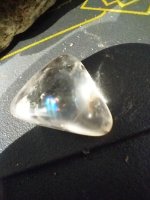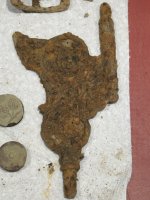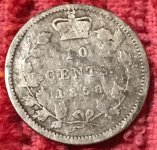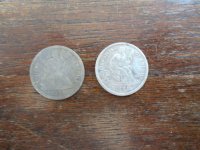Tucson Dan
Sr. Member
- Jan 30, 2013
- 250
- 37
- Detector(s) used
- Garrett ACE 150, ACE 350, Pro Pointer
- Primary Interest:
- Metal Detecting
How different will the signals be with the orientation of the coin in the ground? Is it possible the signal may not be repeatable if a coin is vertical?
Upvote
0









